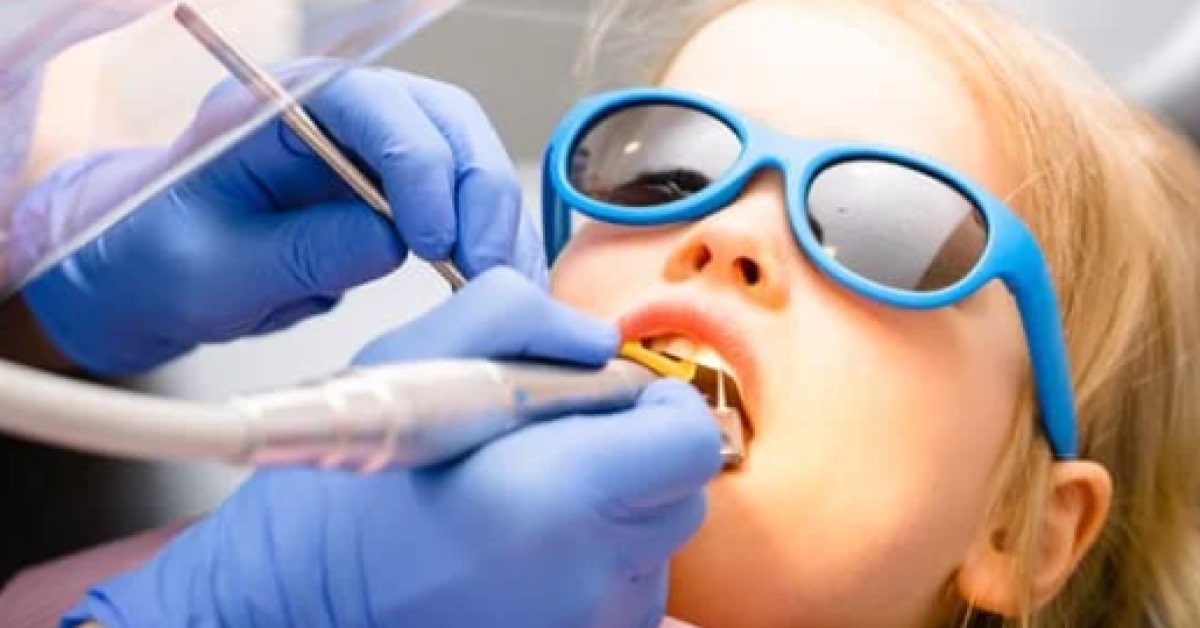Blog
February 04, 2022 • 3 min readWhen the Going Gets Tough, the Tough Learn…Proper Coding!
The author dislikes ice skating and questions the lack of proper coding for dental procedures.
Author
Devdent

In this Article
I hate ice skating! Growing up on Oahu Hawaii you would think, “Why on earth would they have an ice-skating rink?” You would be correct… we did not have one. Of course, there is one on the island now, but that did me no good, since I am already grown! Moving to the Seattle area, one of the pastimes is, you guessed it, ice skating. Doing it on my own brought many falls, tears, and frustration. As I reminisce on this graceful sport that looks effortless on television, my mind wanders to other frustrations. Why aren’t dental offices using proper coding for implants, bone grafting, membranes, and even all on four or six. I think it could be due to education, learning a new way of proper coding for dental procedures.
In preparation for a “you don’t want to miss this” webinar, let me share 5 helpful tidbits for proper coding:
1. Why
In proper coding, you must have a “why”. For implants, your primary diagnosis code has to be partial loss of teeth due to a) caries, b) other c) trauma or d) perio. The ending number of the diagnosis represents the bone classification which we will explain in detail in the webinar.
The secondary diagnosis relates to the primary. In other words, what caused the caries, perio, trauma, or other. Any additional comorbidities would be your third and fourth codes.
2. Note the Level of Atrophy
You must have the level of atrophy for bone grafting and membranes. The bone codes are defined by arch and so are the diagnosis codes. What must be defined, is whether it is minimal, moderate, or severe. Then, if applicable, what the cause of boneloss is, i.e., infection, Xerostomia, etc.
3. Proper Documentation for Proper Coding
You must have proper documentation This is an extremely critical issue that is being by-passed in hopes, that the medical insurance will “push it through.” Guess what? They don’t! Proper coding requires proper documentation.
You cannot code outside of your chart note. In other words, if your note states bone loss, without noting the level or amount, your only option will be “minimal”. This will decrease the reimbursement amount because minimal is not as much work as moderate.
4. Consistency is Key to Proper Coding
You must have consistency. Throwing one claim to the wind of medical billing will not work. Are you serious about helping your patient get healthier faster, or are you attempting to just get money by any means possible? If it is the latter, that is disappointing. Helping your patients should be foremost and then the money will follow.
5. Experienced Support for Proper Coding
Proper coding means having support by someone in dentistry that has experience with medical billing. At Devdent, we come from dentistry and our nearly 40 years of medical billing experience is on your side. Our software was designed for dentistry and our team of experienced billers do all of the claim follow-up on your behalf.
As I look at my ice-skating failure, I reach out to my husband who practically grew up on the ice. With his coaching, I was able to “like” ice-skating. It’s not my favorite, but I can go forward, backward, and spin; when the going gets tough, the tough learn.
What could you do in medical billing, with proper coding for implants and bone grafting, if you learned more?



